The world of kendo is rich with techniques and strategies that have evolved over centuries. Among these, the men-dou combination stands out as a fundamental yet highly effective offensive maneuver. This particular strike sequence targets the head (men) followed immediately by the torso (dou), creating a dynamic attack that challenges even experienced opponents. What makes this combination so compelling isn’t just its technical execution but the underlying philosophy of breaking through an opponent’s defenses both physically and mentally.
In traditional kendo practice, the men-dou strike isn’t merely about landing two hits in succession. It embodies the principle of seme, or applying pressure to dominate the opponent’s center. The initial men strike forces the opponent to react, often raising their shinai to defend, which opens the path for the follow-up dou strike. This interplay of offense and counter-reaction is what makes kendo such a nuanced martial art. Practitioners spend years refining their timing and footwork to execute this combination with precision, as even a slight hesitation can render the technique ineffective.
The origins of the men-dou combination can be traced back to the tactical developments of kenjutsu, kendo’s predecessor. Historical records from feudal Japan highlight how swordsmen would use feints and rapid strikes to exploit gaps in an opponent’s guard. The modern kendo version retains this strategic depth, though it is now practiced within the framework of sport and self-improvement rather than combat. Despite this shift, the essence remains unchanged: the combination demands not only physical skill but also sharp mental focus and the ability to read an opponent’s movements.
One of the most fascinating aspects of the men-dou technique is its adaptability. While the basic form is taught early in a kendoka’s training, advanced practitioners learn to vary the rhythm, angle, and intensity of the strikes to suit different situations. For instance, some may deliver the men strike with a quick, snapping motion to provoke an immediate reaction, while others might use a more deliberate approach to lure the opponent into a false sense of security. The dou strike that follows can then be adjusted in power—sometimes light and precise, other times strong enough to disrupt the opponent’s balance.
Training drills for men-dou often emphasize the importance of zanshin, or remaining aware after the strike. In kendo, a successful technique isn’t just about hitting the target; it’s about maintaining control and readiness for whatever comes next. This mindset is drilled into practitioners through repetitive practice, where the focus isn’t just on landing the strikes but also on recovering quickly to a stable posture. Many dojos incorporate men-dou drills into their regular training routines, recognizing its value in developing both offensive and defensive skills.
Competitively, the men-dou combination is a favorite among kendoka for its scoring potential. In tournament settings, judges award points based on the correctness of form, spirit, and effectiveness of the strike. A well-executed men-dou can often catch opponents off guard, especially if the initial men strike is convincing enough to draw a reaction. However, relying too heavily on this combination can also be a pitfall, as seasoned opponents may anticipate and counter it. Thus, the true mastery of men-dou lies in knowing when and how to deploy it rather than using it indiscriminately.
Beyond its technical applications, the men-dou combination holds deeper significance in kendo’s spiritual and ethical teachings. The discipline emphasizes respect, perseverance, and self-improvement, and executing a technique like men-dou with sincerity reflects these values. It’s not just about winning a match but about demonstrating the integrity of one’s training. This holistic approach is what sets kendo apart from many other martial arts, where the emphasis on character development is as strong as the physical training.
For those new to kendo, the men-dou combination serves as an excellent introduction to the art’s complexity. It teaches beginners about timing, distance, and the importance of mental presence—all foundational elements that will recur throughout their kendo journey. Even for advanced practitioners, revisiting the basics of men-dou can reveal new insights, proving that in kendo, there is always room for refinement and growth.
The legacy of the men-dou technique continues to thrive in dojos worldwide, a testament to its enduring effectiveness and depth. Whether practiced as part of a structured drill or deployed spontaneously in a match, it remains a cornerstone of kendo strategy. Its beauty lies in its simplicity and the infinite variations that skilled practitioners can bring to it, ensuring that it will remain a vital part of kendo for generations to come.

By James Moore/May 8, 2025
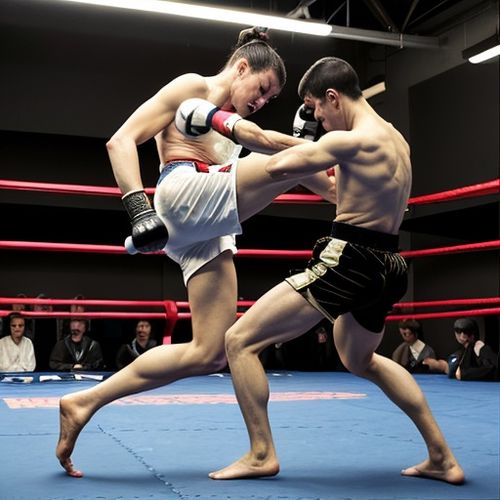
By Elizabeth Taylor/May 8, 2025
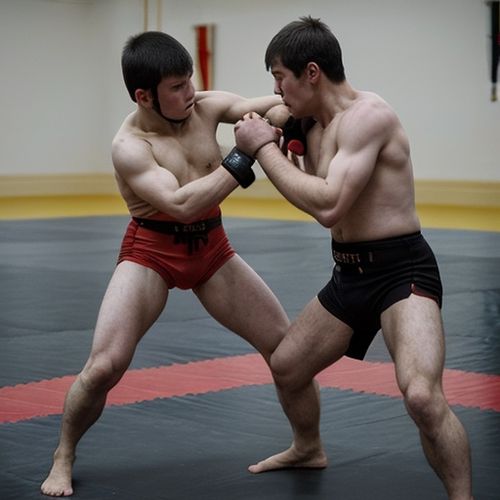
By Emily Johnson/May 8, 2025
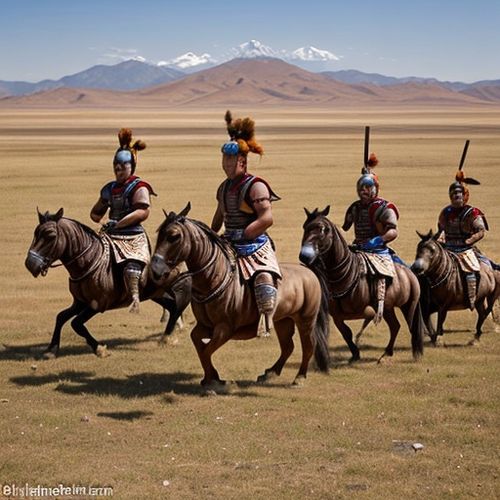
By James Moore/May 8, 2025
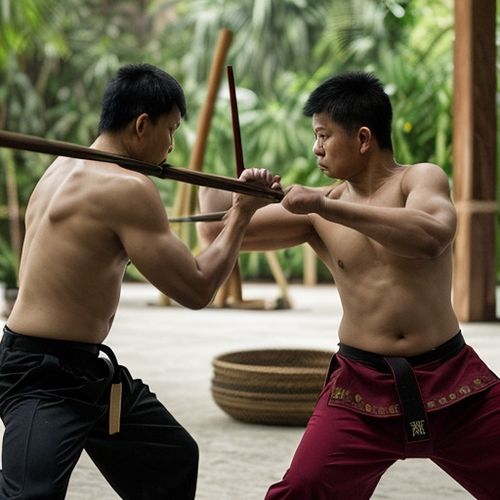
By Joshua Howard/May 8, 2025
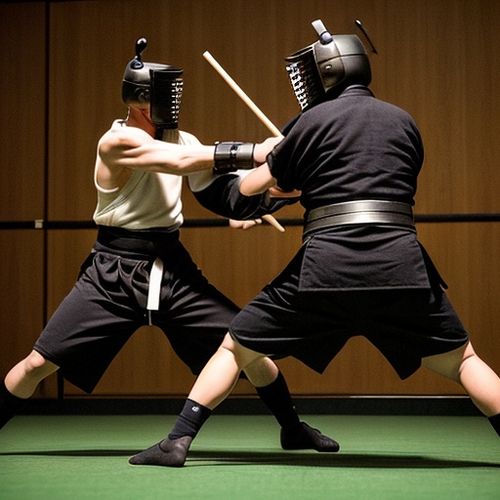
By Noah Bell/May 8, 2025
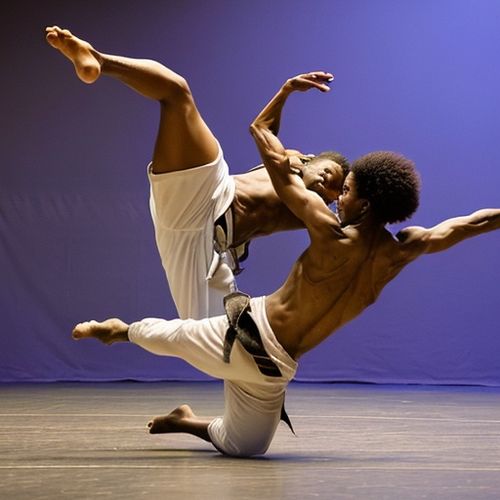
By Samuel Cooper/May 8, 2025
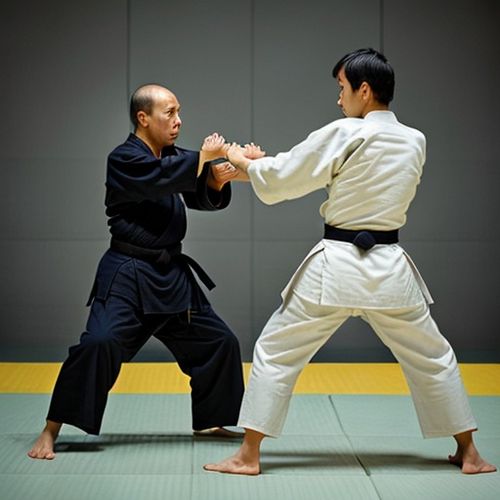
By Sophia Lewis/May 8, 2025
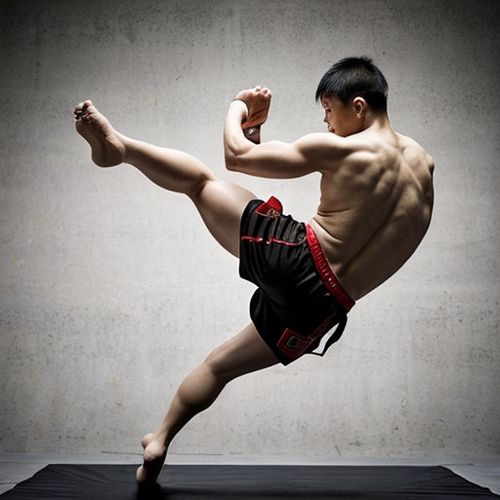
By Sophia Lewis/May 8, 2025
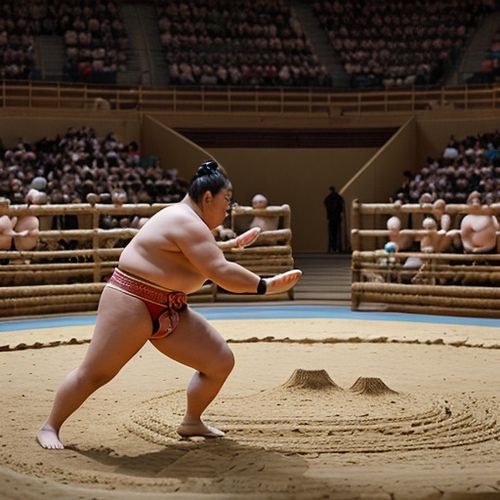
By Noah Bell/May 8, 2025

By Sophia Lewis/May 8, 2025
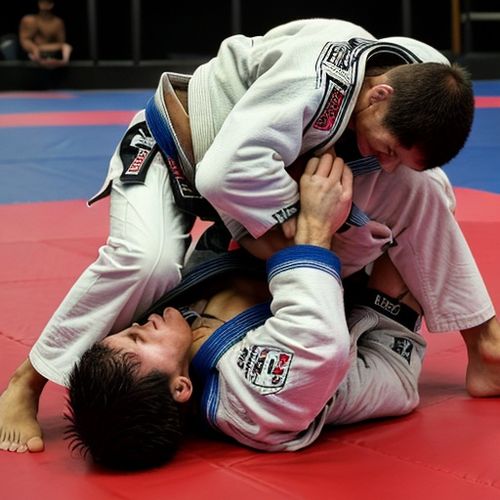
By Christopher Harris/May 8, 2025
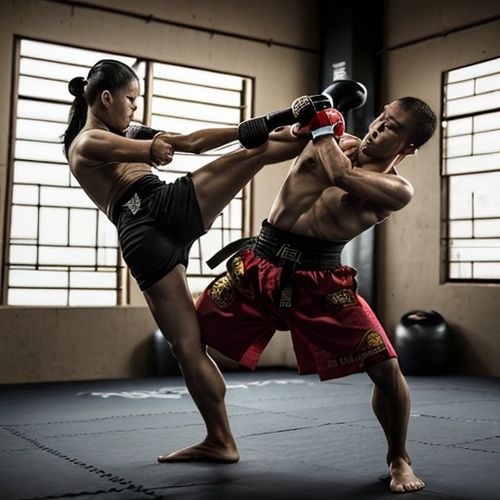
By Victoria Gonzalez/May 8, 2025
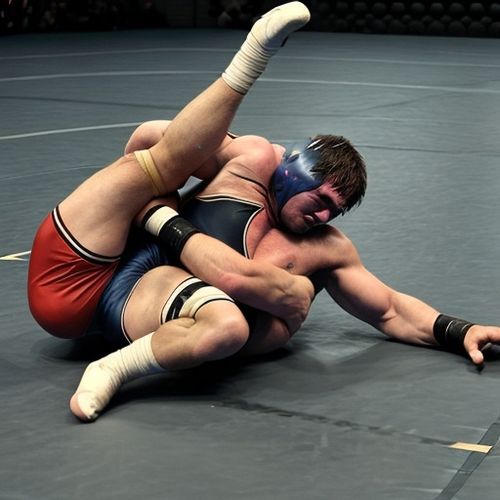
By Sarah Davis/May 8, 2025

By Joshua Howard/May 8, 2025
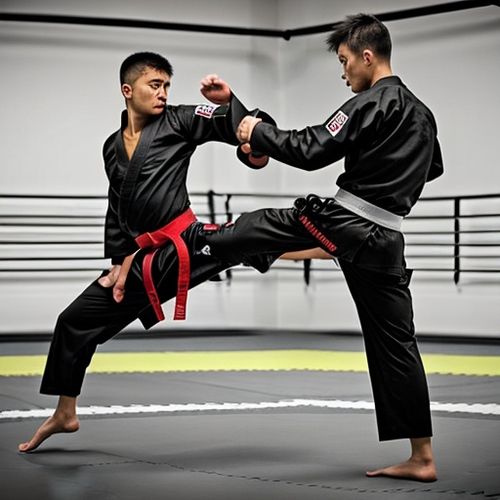
By Sarah Davis/May 8, 2025
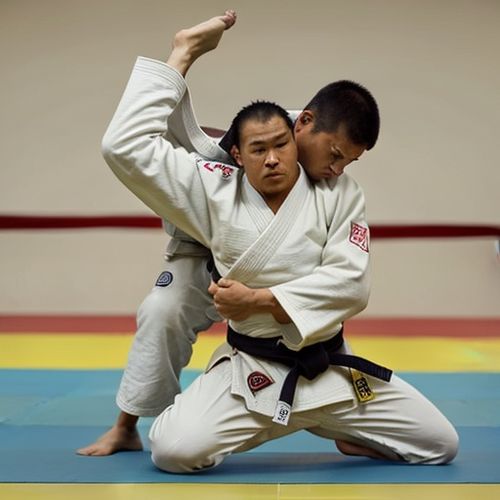
By Amanda Phillips/May 8, 2025
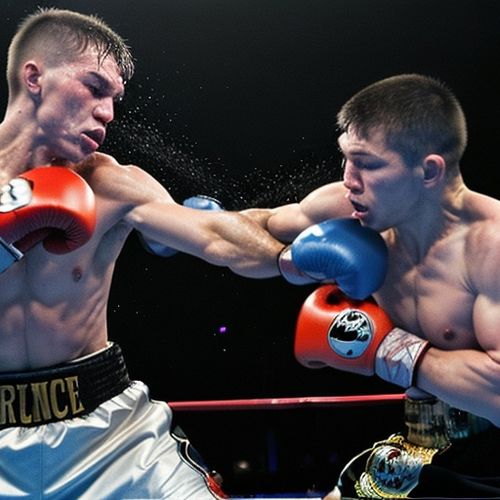
By Thomas Roberts/May 8, 2025

By Victoria Gonzalez/May 8, 2025

By Noah Bell/May 8, 2025